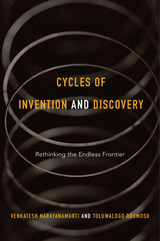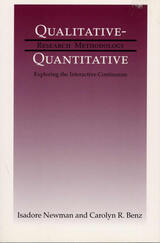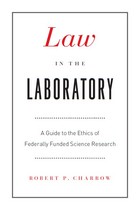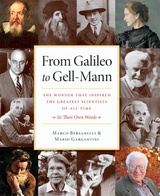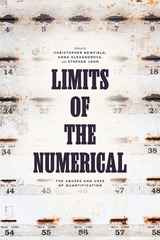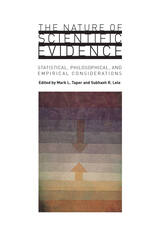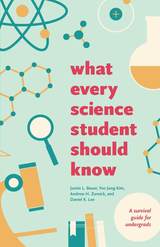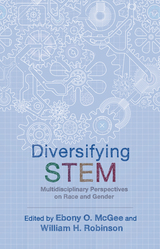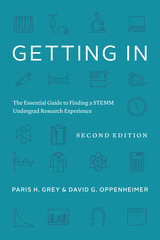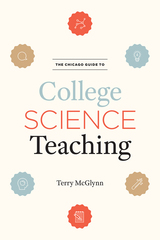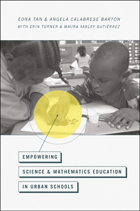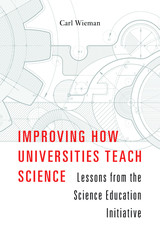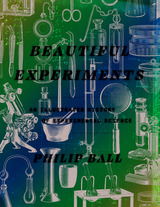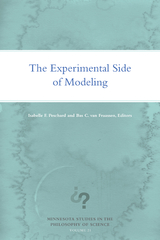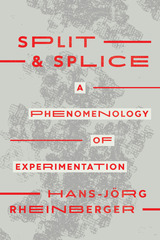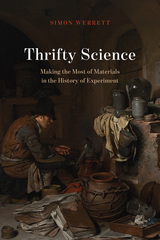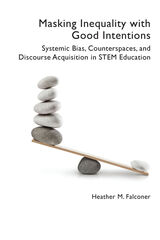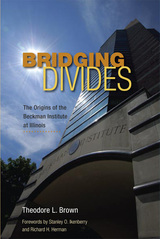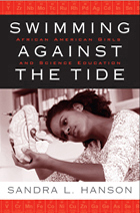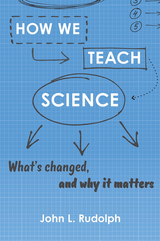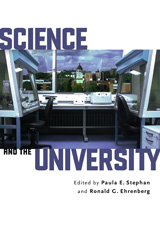Improving Science Education: International Perspectives
University of Chicago Press, 1995
Cloth: 978-0-226-26098-3
Library of Congress Classification Q181.I46 1995
Dewey Decimal Classification 507.12
Cloth: 978-0-226-26098-3
Library of Congress Classification Q181.I46 1995
Dewey Decimal Classification 507.12
ABOUT THIS BOOK | TOC
ABOUT THIS BOOK
Specialists from Australia, Canada, Europe, the United Kingdom, and the United States present a broad range of perspectives for improving science education in primary and secondary schools.
This volume offers educators and researchers a glimpse at what peers from around the world have done to help science students achieve high levels of success. The introduction is a concise account of worldwide reform movements, from modernizations in the 1950s that dramatically improved the teaching of chemistry and physics to such changes in the 1980s as the emphasis on the learning-to-learn approach and the trend toward using social issues as a vehicle for teaching science.
The nine essays survey topics that include teaching inquiry skills and other techniques to foster a joy of science; creating an understanding of real-world applications of science; managing course instruction with computers; encouraging teachers to adopt new styles of teaching; cross-national comparisons of science achievement; and the differences between boys and girls in attitude, learning, and degree of participation.
This volume offers educators and researchers a glimpse at what peers from around the world have done to help science students achieve high levels of success. The introduction is a concise account of worldwide reform movements, from modernizations in the 1950s that dramatically improved the teaching of chemistry and physics to such changes in the 1980s as the emphasis on the learning-to-learn approach and the trend toward using social issues as a vehicle for teaching science.
The nine essays survey topics that include teaching inquiry skills and other techniques to foster a joy of science; creating an understanding of real-world applications of science; managing course instruction with computers; encouraging teachers to adopt new styles of teaching; cross-national comparisons of science achievement; and the differences between boys and girls in attitude, learning, and degree of participation.
See other books on: Educational innovations | International Perspectives | Science | Study & Teaching | Study and teaching
See other titles from University of Chicago Press

